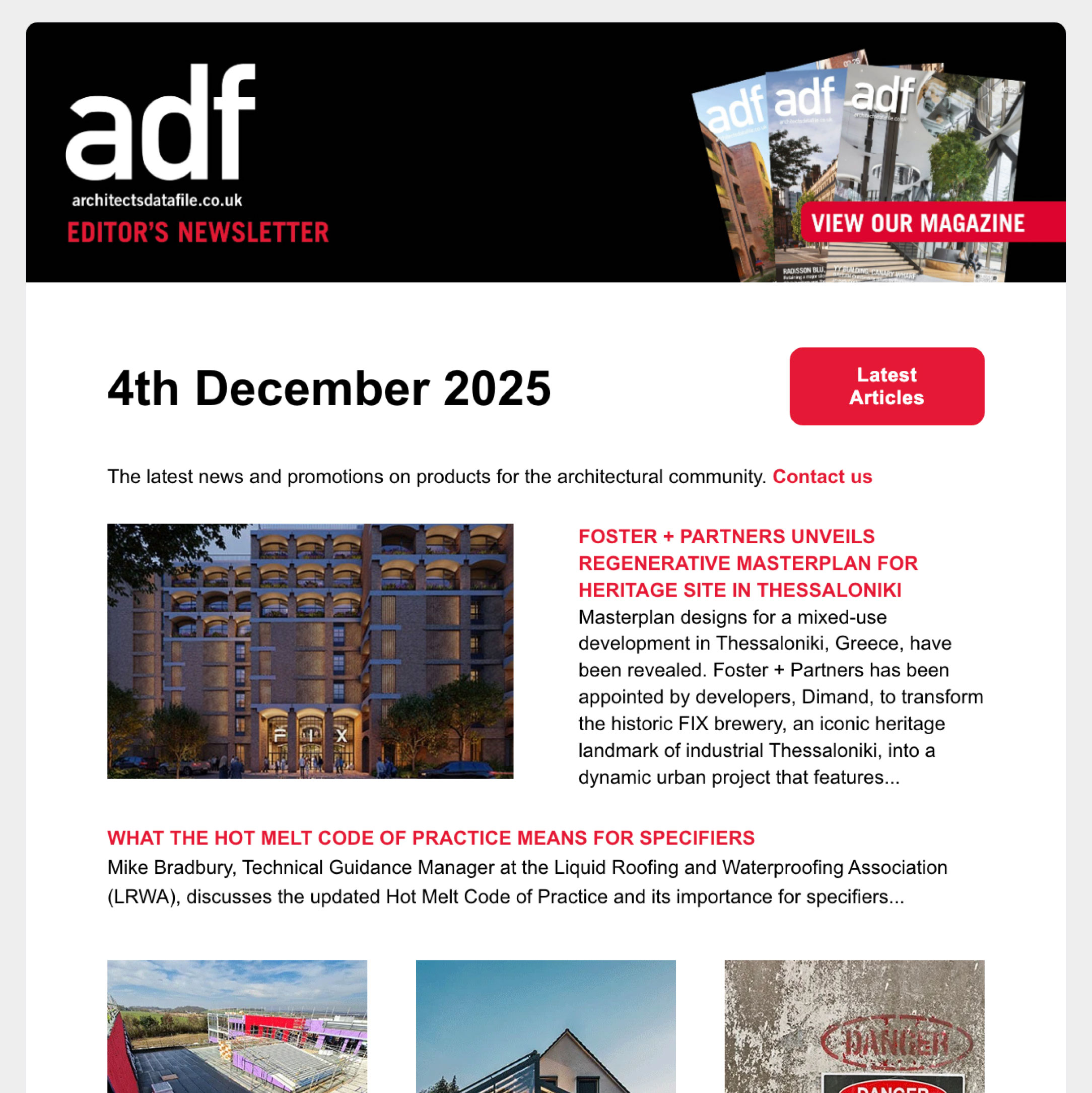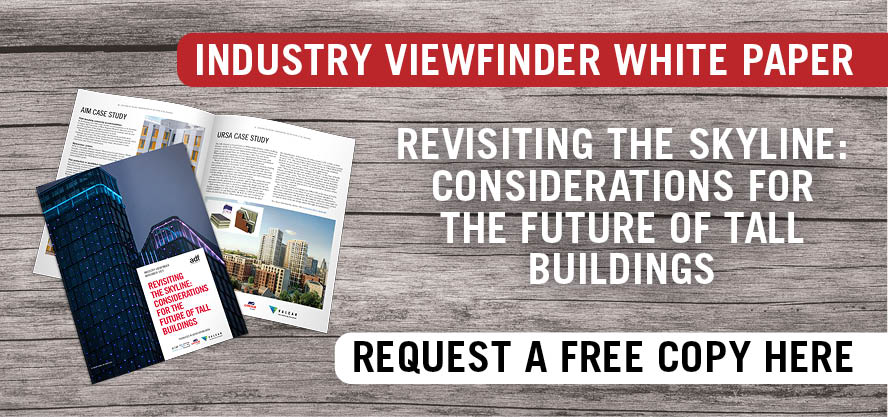To avoid surface water flooding, holistic urban design include the ‘sponge city’ concept should include sustainable drainage from the very start, explains Chris Hodson, consultant to trade body MPA Precast Paving.
In projects across the world, the ‘sponge city’ concept is gaining traction amongst policymakers, masterplanners, architects, landscape architects and others. It recognises the growing risk of flooding with climate change and the need for nature-based rainfall management solutions, in place of the previous sealing-up of urban areas. The UK Rivers Trust offers a useful summary of this concept: ‘A Sponge City is designed to mimic natural processes, allowing urban areas to absorb, store, and purify rainwater, much like a sponge soaks up water. Sponge Cities can effectively reduce the risk of flooding while simultaneously enhancing the quality of urban life.’
A Sponge City future
The term ‘sponge city’ was coined by landscape architect Kongjian Yu, a professor at Peking University, for his concept of using a range of nature-based techniques inspired by traditional landscape management. He says: ‘The sponge city concept adapts these ancient principles into urban planning, by incorporating permeable surfaces, green spaces, and constructed wetlands.’ Sponge cities were accepted in China as a nationwide urban construction policy in 2014 applying to new build, expanded and rebuilt buildings and communities, roads and squares, parks, green spaces and urban water systems. Some 30 cities in China are already implementing this policy.
While the concept takes a city-wide, ‘catchment-based’ approach, sponge city techniques can be applied at any scale. These techniques are used in various countries and known as: ‘green/blue infrastructure’, ‘water-sensitive urban design,’ ‘best management practice’ (BMP) or ‘low-impact development.’ In the UK, ‘sustainable drainage systems’ (SuDS) have been in use with similar aims since the mid-1990s, albeit with slow uptake and ongoing delayed government implementation.
The principles and techniques involved are all fundamentally the same, with some differences in scale of application and responses to local weather or ground conditions. In essence, they make
extensive use of green infrastructure – but permeable paving plays an essential role as well. As the Rivers Trust says: ‘One of the key components of a Sponge City is permeable pavements… these surfaces allow rainwater to infiltrate the ground, reducing surface runoff and replenishing groundwater. These pavements not only reduce the risk of flooding but also mitigate the heat island effect, making urban areas more comfortable during hot weather. Other benefits include eliminating ‘ponding,’ reducing the risk of ice forming on the surface and no rain splashing from standing water.’
Masterplanning with water
In the UK – as the name suggests – sustainable drainage systems began by focusing on drainage techniques to reduce flooding and pollution (‘quantity’ and ‘quality’), with a growing appreciation of their other multifunctional benefits (‘amenity’ and ‘biodiversity’, completing the four pillars of SuDS). Today, SuDS are often designed by drainage engineers and effectively grafted onto previously designed layouts. At this late design stage, the multiple potential benefits of SuDS techniques like permeable paving are easily missed. However, with the sponge city approach water is a fundamental consideration as part of holistic master-planning – from the very start.
Now is the time for architects to take a lead with sponge cities and fully integrate SuDS techniques, such as permeable paving, within the design process to optimise their multifunctional benefits.
Of course, safe and attractive hard surfaces are needed in any development and concrete block permeable paving (CBPP) has proven to be a robust, resilient and adaptable technology for all types of paving over more than 25 years of use in the UK.
Concrete block paving is generally slip-resistant, durable, strong and sustainable. It delivers fast, low-cost installation and replacement, using weather-independent, ‘dry’ construction. There are no curing, hot-work or noxious fume issues and only small construction equipment is needed, while noise and disturbance are minimised. With an extremely long lifespan, modular blocks can be taken up and re-used without processing for repairs, altered layouts, or new schemes – saving carbon and meeting ‘circular economy’ criteria.
Permeable paving potential
CBPP shares and enhances this technology but uses angular aggregate (not sand used for conventional block paving) to fill enlarged joints and as a permeable laying course. Pavement layers of voided material below can then accommodate water, whilst still providing structural performance. As a SuDS technique, CBPP combines proven engineering design solutions with nature-based water management near the surface – and without additional land-take. It can also accept additional runoff from adjacent impermeable paving and roofs.
The unique capabilities of CBPP enable rainwater to be intercepted at source, attenuated, treated and conveyed within the permeable laying course, allowing filtration of silt and retention/treatment of pollutants without clogging. A gradual flow of clean water can then be released for safe, open SuDS features, biodiversity and amenity. CBPP works in synergy with green infrastructure. It can meet the latest planning requirements for street trees with long-term maintenance, providing diffuse rainwater infiltration and retention for irrigation, plus the free air/CO2 exchange that is essential for roots, without surface disruption.
Chris Hodson is a consultant for MPA Precast Paving



